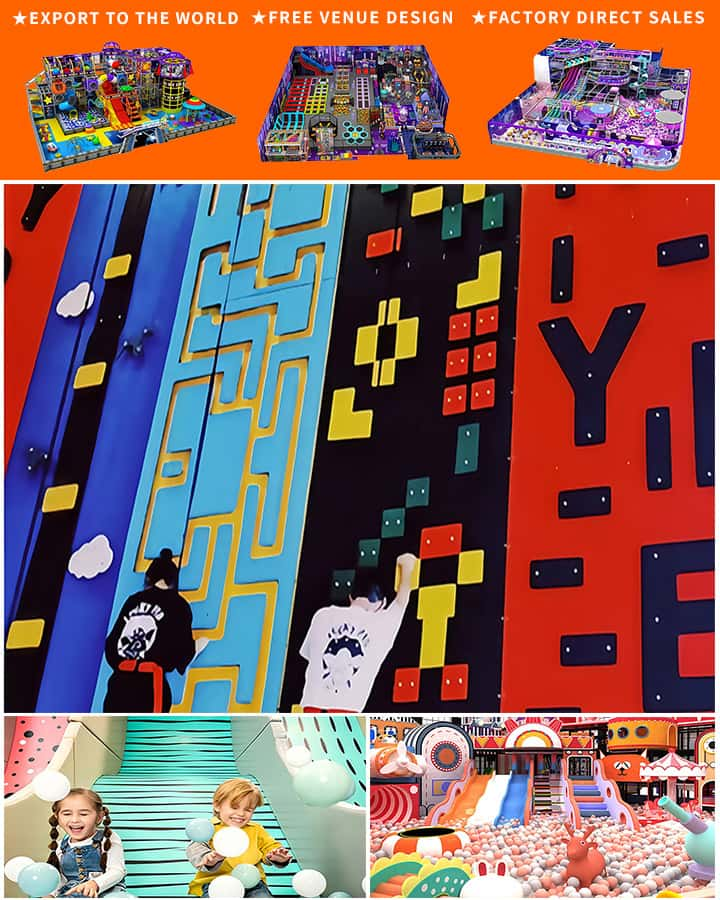In the bustling world of entertainment, amusement parks stand as vibrant epitomes of joy and excitement. These fantastical realms owe much of their allure to the meticulous design and engineering that go into their creation. At the heart of this intricate process lie the Computer-Aided Design (CAD) drawings for amusement park equipment, which serve as blueprints that transform imaginative concepts into thrilling realities.
CAD drawings are indispensable tools in the development of any amusement park project. They provide a precise and detailed visual representation of every element of the park’s attractions, ensuring that each piece of equipment not only captivates visitors but also adheres to strict safety standards. From towering roller coasters to whimsical carousels, every ride and structure is conceived, refined, and perfected with the aid of CAD technology.

One of the primary advantages of using CAD drawings in designing amusement park equipment is the ability to visualize complex structures before a single nail is hammered or a beam is welded. Designers can manipulate digital models, making it easy to experiment with different shapes, sizes, and configurations. This flexibility allows them to optimize designs for both aesthetic appeal and functional performance. For instance, when designing a new roller coaster, engineers can use CAD software to simulate the track’s twists and turns, testing variables such as speed, g-forces, and passenger comfort long before construction begins.
Moreover, CAD drawings play a crucial role in communicating ideas among the diverse team of professionals involved in an amusement park project. Architects, engineers, fabricators, and project managers rely on these detailed diagrams to ensure that everyone is working from the same page. By providing accurate measurements and specifications, CAD drawings help streamline the construction process, reducing the likelihood of errors and costly revisions.
Safety is paramount in any amusement park, and CAD drawings contribute significantly to maintaining high safety standards. These diagrams enable engineers to analyze structural integrity, identify potential points of failure, and incorporate redundant systems where necessary. Additionally, they facilitate compliance with stringent regulatory requirements by allowing thorough inspections and simulations of how the equipment will perform under various conditions.
Beyond technical benefits, CAD drawings also enhance creativity in amusement park design. With advanced rendering capabilities, designers can bring their visions to life with vivid colors and textures, offering stakeholders a realistic preview of what the final attraction will look like. This immersive experience helps secure buy-in from investors, partners, and even future park-goers who might be consulted during the design phase.
In conclusion, CAD drawings are the cornerstone upon which the enchantment of amusement parks is built. They bridge the gap between imagination and reality, translating creative ideas into safe, exhilarating experiences that leave lasting memories. As technology continues to advance, so too will the capabilities of CAD software, further empowering designers and engineers to craft innovative attractions that push the boundaries of fun and excitement in our amusement parks of tomorrow.




